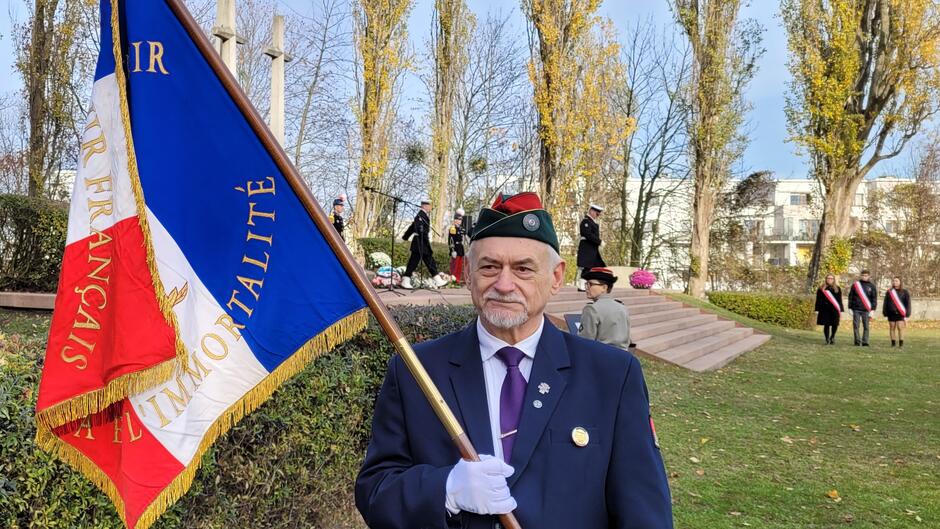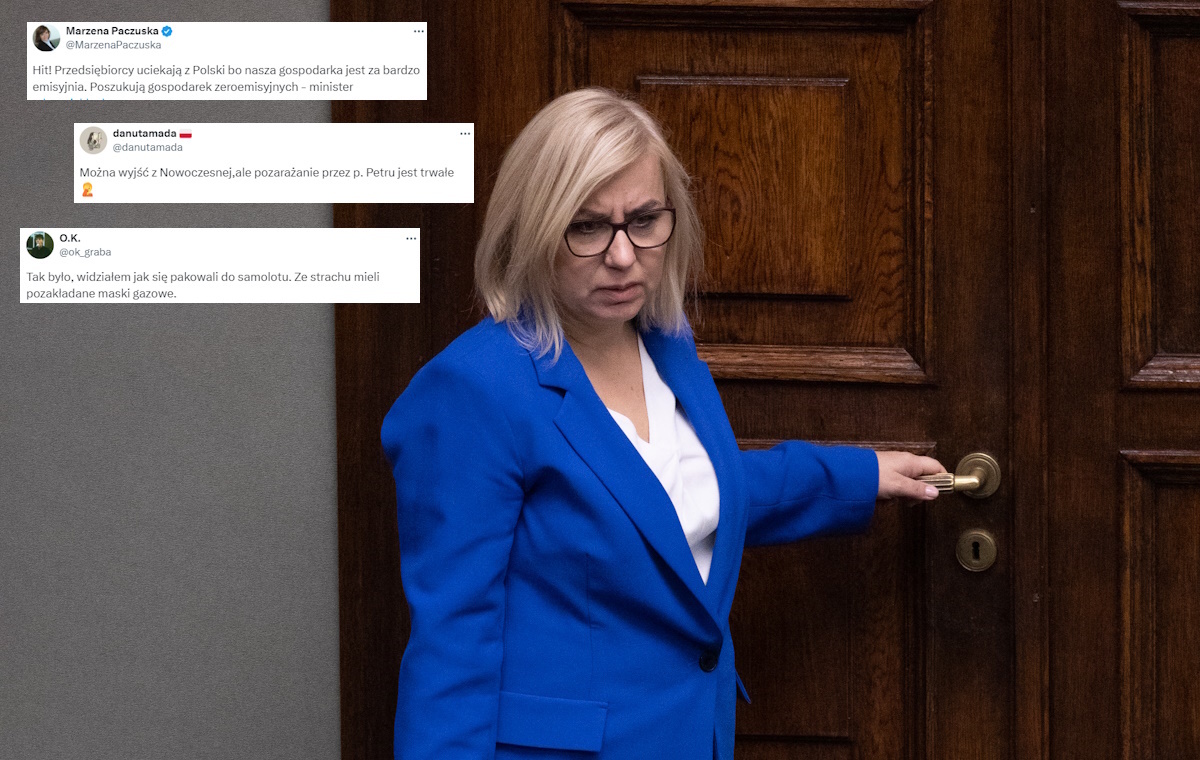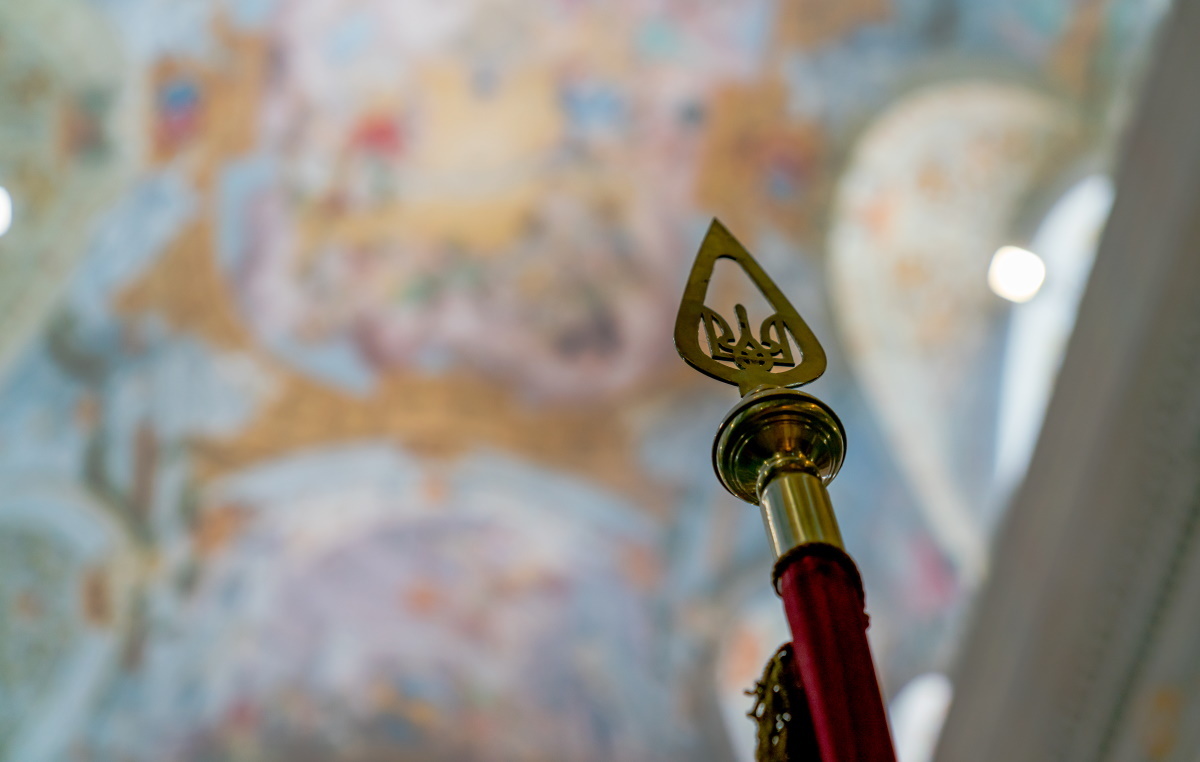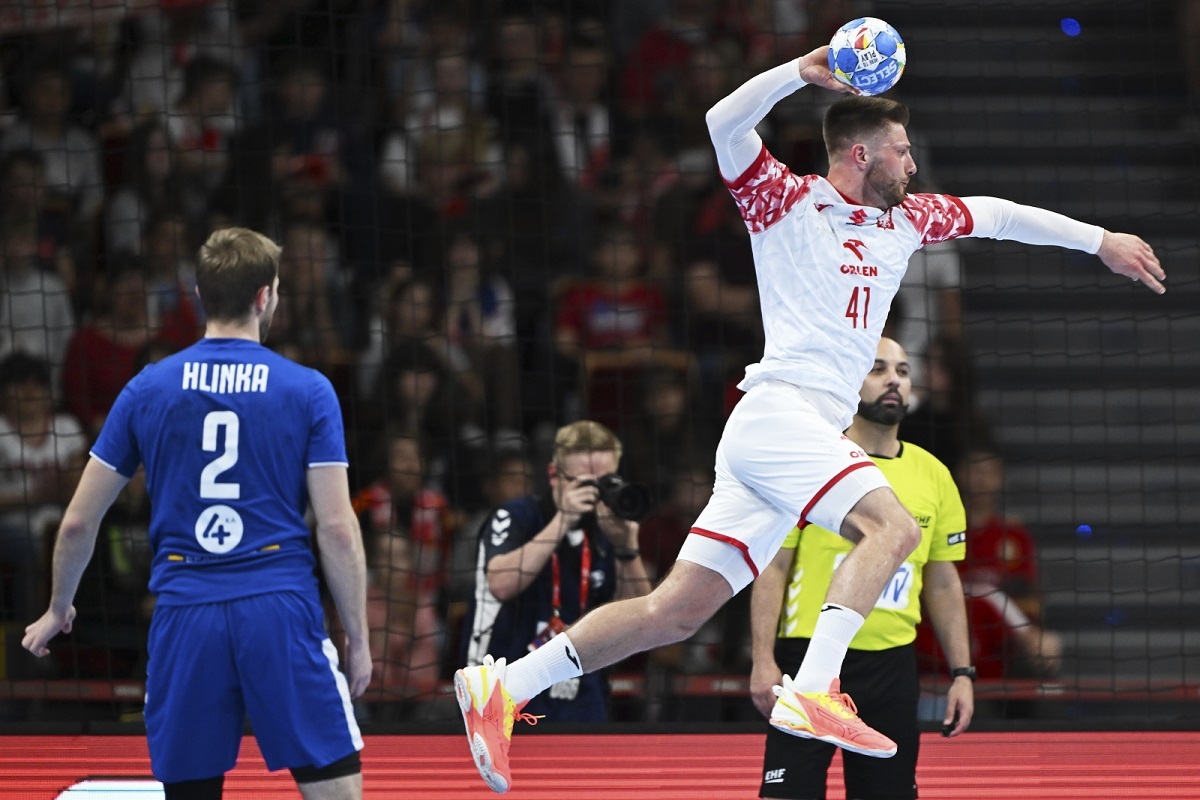Wreaths from the French Republic laid at the monument in the cemetery in Siedlce. The ceremony was attended by Polish military assistance from the representative company of the Polish Navy
photo: Mirosław Koźbial/gdansk.pl
The Great War, its far-reaching consequences
The French Embassy has been holding similar ceremonies in Gdańsk for years.
November 11 is celebrated in Poland as National Independence Day, for Europe the anniversary of the end of World War I. On this day in 1918, Germany concluded an armistice with the victorious Entente in a railway carriage in Compiègne, northern France. The ceasefire came into effect on the 11th, soldiers of the conflicting parties began to leave their forward positions.
This was the end of the biggest massacre in European history at that time. Until 1939, World War I was referred to simply as “The Great War”. 8 million people died there. This tragic balance is complemented by millions of survivors who are physically permanently mutilated or marked by neurosis. The memory of the victims later became one of the main reasons for Western society’s reluctance to confront Hitler’s increasingly aggressive Third Reich and its use of the so-called concession policy.
White and Red on the huge pillar of Góra Gradowa. Gdańsk ceremony with the participation of the French ambassador

Etienne de Poncis, French ambassador to Poland, speaks in front of the funeral monument. The ceremony took place on Friday, November 10, ahead of the 105th anniversary of the end of World War I.
photo: Mirosław Koźbial/gdansk.pl
1,359 French graves in Gdańsk
The country that experienced one of the greatest sacrifices was France. They counted more than 1 million 357 thousand. fell and those who died from injuries. Including missing people, the number is almost one and a half million people.
The cemetery in Siedlce, Gdańsk, is the largest French cemetery outside France. There are 1,359 graves here – mostly excavated prisoners of war from many areas of present-day Poland who died in German prisoner of war camps during World War II. The remains of French soldiers from World War I, moved from the Garrison Cemetery in Gdańsk, are also buried here, as well as the remains of French prisoners taken prisoner after the Battle of Sedan during the Franco-Prussian War of 1870. When this cemetery was founded, the remains of French soldiers who was buried in 1813, after the disaster of Napoleon’s Great Army in Russia, was discovered here. In 1807-1812, Gdańsk was in French hands.
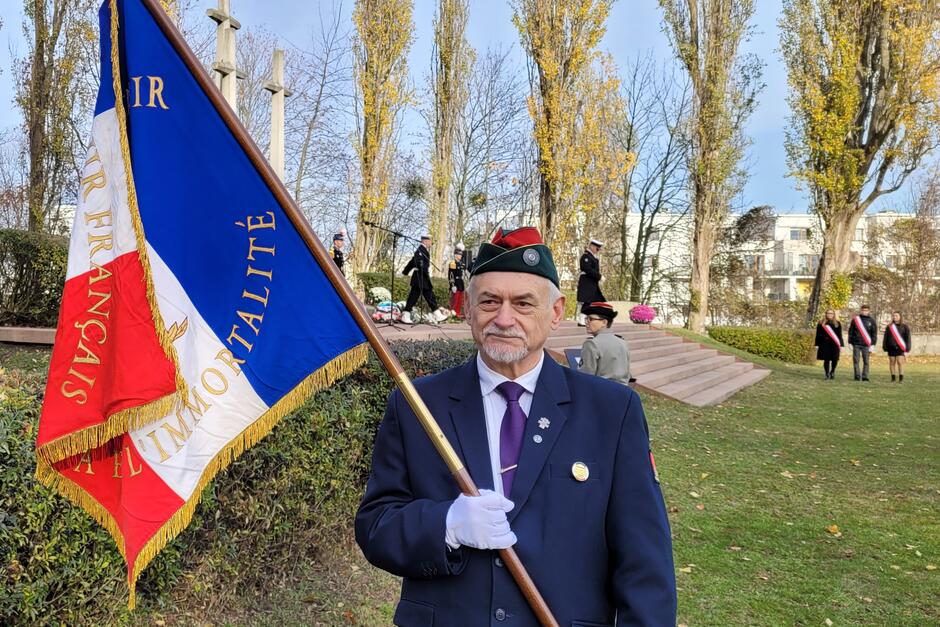
Flag with the flag of the French veterans community. Subsequent generations cherished the memory of the victims of World War I, which was a major trauma for French society
photo: Mirosław Koźbial/gdansk.pl
The memory of the French is different from that of the Poles
Thousands of Poles also died in the ranks of the armies of the breakaway countries during World War I, but our society denies this trauma. If we recall, it is about the legionnaire Piłsudski, who fought against Russia as part of the Austro-Hungarian army. Historians note that 11 November 1918 is essentially a date on which there were no significant events in Poland – because it is difficult to assume that Józef Piłsudski arrived by train and got off on the platform in Warsaw. We do not want to remember that our independence day in 1918 was closely related to the victory of the Entente countries and the signing of the Peace of Compiègne.
French President Emmanuel Macron: – Paweł Adamowicz lived and died for European values
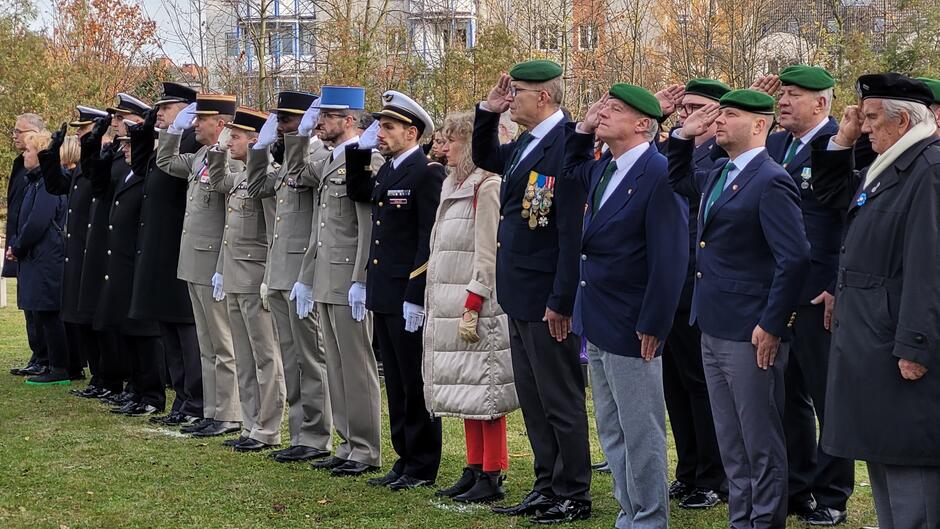
The tribute honors the victims of World War I, given at the cemetery where 1,359 soldiers from various eras are buried. In addition to the military, several civilians took part in the ceremony – employees of the French Embassy in Warsaw and French citizens living in Poland
photo: Mirosław Koźbial/gdansk.pl
History of the cemetery in Siedlce
The French Military Cemetery in Siedlce, Gdańsk, is located at ul. Powstańców Warszawskich 35. On an area of approximately 2 ha, in 8 quarters, French soldiers from various eras and various armed conflicts are buried: the Napoleonic era, the Franco-Prussian War of 1870, both world wars. About 30 percent of the graves contain the deceased’s personal data, the rest of the graves are unnamed.
This cemetery has been under construction since 1961 and was opened six years later before the visit of French President General Charles De Gaulle to Poland. In 2002, a complete renovation was completed.
This burial monument was erected by the French state in 1961. At its foot is the inscription: “The French Republic thanks its sons who fell for France in Poland.” Its content does not fully correspond to historical reality, but during the time of the Polish People’s Republic, a different inscription was not possible for political reasons. In fact, all the French buried in Siedlce lost their lives when Gdańsk and Pomerania became German possessions.

“Reader. Future teen idol. Falls down a lot. Amateur communicator. Incurable student.”

